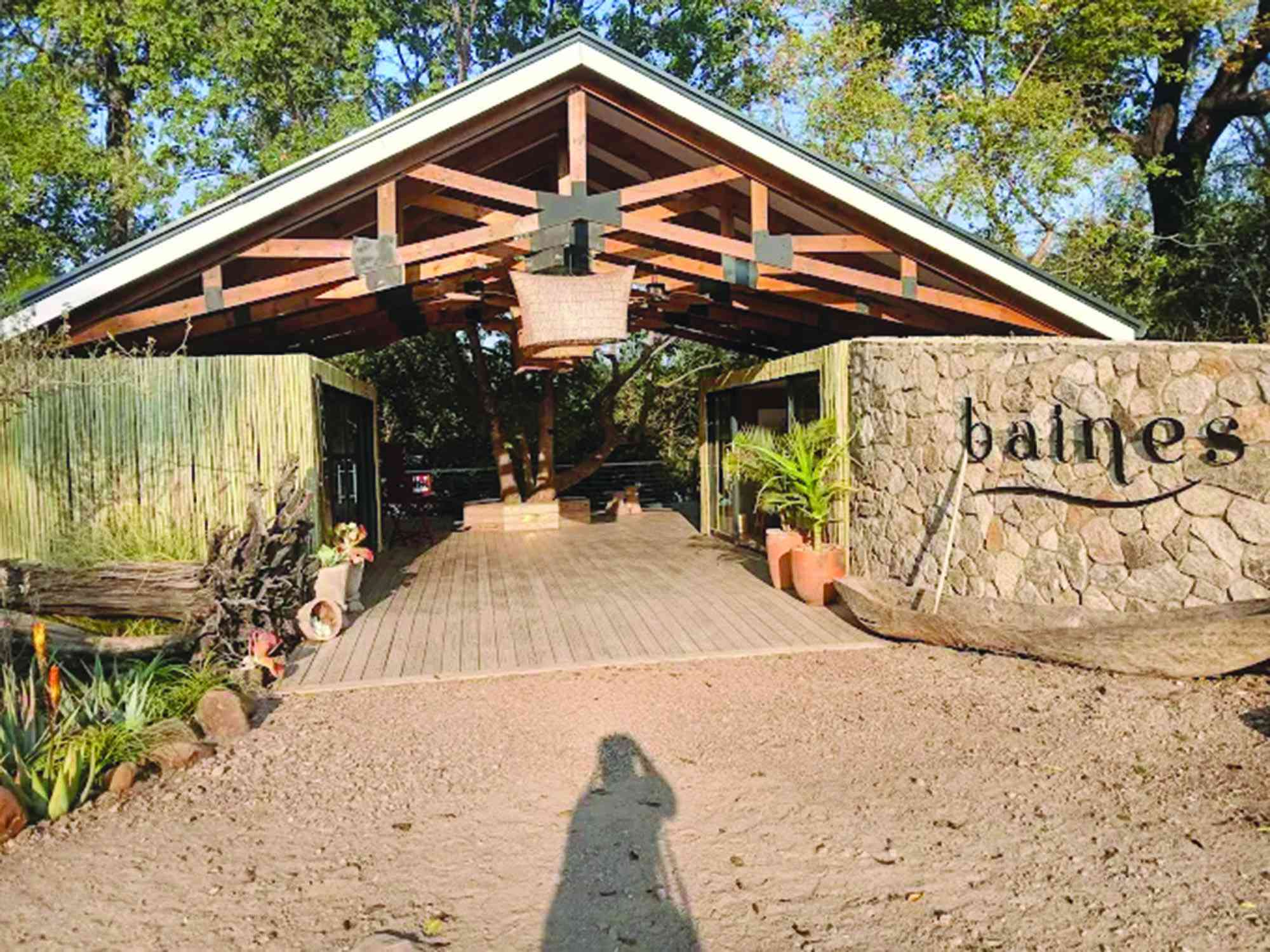
Victoria Falls-based wildlife painter and conservationist Larry Benjamin Norton, a long-time opponent of commercial activity within the protected ecological zones of Zimbabwe’s iconic natural wonder, is gearing up to contest a US$2 million lawsuit filed against him by the owners of Baines Restaurant.
Norton, a Zimbabwean national and lifelong resident of Victoria Falls, has waged a spirited legal and public campaign to halt what he sees as “creeping commercialisation” within the Unesco-designated World Heritage Site.
His critics, however, accuse him of mounting a damaging misinformation campaign — claims he flatly denies.
The latest confrontation comes in the wake of a High Court application Norton filed in 2022 (Case No. HC3576/22), in which he sought to interdict Scanner Investments — the developers of Baines Restaurant — from further construction within the ecologically sensitive area bordering the rainforest.
In his application, Norton contended that the development of commercial enterprises near the falls would “irreparably damage the ecological and aesthetic integrity” of the site. The Zimbabwe Parks and Wildlife Management Authority (Zimparks) and the Environmental Management Agency were also cited as respondents.
That case is still pending judgment. In a retaliatory move, however, Scanner Investments filed a defamation and damages claim on May 16 this year, alleging that Norton’s allegations had severely harmed the reputation and business prospects of the now fully operational restaurant.
“The Baines Restaurant is now up and fully operational,” the summons reads. “The defendant has now resorted to advancing an extensive smear campaign against the restaurant to the detriment of plaintiff's business.”
“Defendant, through newsletters on social media, directly and through surrogates, encourages both local and international potential clients to shun the Baines Restaurant as it was allegedly built without following due process, which is false.”
- Tarakinyu, Mhandu triumph at Victoria Falls marathon
- Andrea The Vocalist, dreams big
- All set for the 2022 Econet Victoria Falls Marathon
- Econet Victoria Falls Marathon return a boon for tourism
Keep Reading
In a statement issued this week and obtained by the Zimbabwe Independent, Norton confirmed receipt of the lawsuit and reaffirmed his commitment to defending his stance through legal means.
“On 20th May 2025, I received notice that I was being sued for US$2,220 million (or ZiG equivalent) by Scanner Investments P/L, the developers who built and operate the legally disputed Baines Restaurant, sited in the riverine fringe, 35 metres from the rainforest fence of the Victoria Falls World Heritage Site,” Norton stated.
“My ardent battle here has been to try to protect and preserve the Victoria Falls World Heritage Site for future generations. That is why I have spoken out and pursued legal avenues to ensure that the law and due process are followed.”
He said his legal team had clear instructions to challenge the case.
“My lawyers have instructions to defend the matter as all suggestions of falsehood and malice are not true. I now leave the issue in their hands as I wait for the law to take its course.”
Norton’s environmental activism is not new. In February last year, he intensified pressure on Zimbabwean and Zambian authorities to intervene in what he described as a wave of unchecked commercialisation threatening the site’s heritage status.
His appeals coincided with a meeting of the Joint Technical Committee (JTC) — a bilateral platform involving Zimbabwe and Zambia, convened to discuss measures to protect the shared heritage site.
The JTC, made up of conservation, tourism, and cultural experts from both countries, met at a local hotel in Victoria Falls to respond to growing warnings from Unesco. In 2022, the global body cautioned that Victoria Falls risked being struck off the World Heritage register due to the “individual and cumulative infrastructure developments” encroaching on protected areas.
According to documents reviewed by the Independent, Norton’s presentation to the JTC outlined what he called a “myriad” of developments threatening the fragile riverine ecosystems around the falls.
“At the outset, we are all aware that the fragile Mosi-oa-Tunya/Victoria Falls World Heritage Site is under threat from developments and commercialisation on both sides of the river,” he said.
“Over two years ago, myself and nine other applicants brought an urgent application to stop the commercialisation of the Cataract Islands by Adage Success and Zimparks, and the construction of the Baines Restaurant by Scanner Investments.”
Norton warned that if authorities fail to act decisively, history will record their failure as a betrayal of one of Africa’s most celebrated natural wonders.
“If corrective remedy is not taken, future generations will blame those who allowed the site to be destroyed.”
The legal clash between Norton and Scanner Investments has reignited debate over how to strike a balance between tourism development and ecological preservation.
Proponents of commercial ventures argue that properly regulated investment can enhance visitor experiences, create jobs, and boost national revenues. But conservationists insist that unregulated infrastructure development in or near sensitive habitats threatens biodiversity, undermines the site’s authenticity, and risks international censure.
While Norton has been praised by environmental groups for his bold stance, he has also drawn fire from business operators who view him as an obstructionist standing in the way of progress.
But he remains undeterred.
“This is not just about a restaurant,” Norton wrote in a recent public statement. “It is about the soul of Victoria Falls — a site that belongs not only to Zimbabwe and Zambia, but to the whole world.”
To grasp the gravity of Norton’s campaign, one must stand before Victoria Falls — or Mosi-oa-Tunya, “The Smoke that Thunders,” as it is known in the local languages on both sides of the Zambezi.
There, the mighty Zambezi River plunges 108 metres into a gorge carved over millennia, unleashing a deafening roar and a constant curtain of mist that can be seen from over 30 kilometres away. Rainbows dance in the spray. The scent of soaked earth hangs in the air. Baboons chatter from the trees, while fish eagles cry overhead. It is more than a waterfall. It is a living cathedral.
Across the lip of the chasm, the rainforest thrives in an almost eternal deluge, sustained solely by the falls’ moisture. Here, rare orchids cling to dripping rocks, and ancient fig trees arch into the heavens. Each gust of wind reveals the churning, muscular energy of water falling with the fury of creation.
This is what Larry Norton is fighting to protect — not a static monument, but a sacred ecosystem, a heritage of wilderness, memory, and awe.










